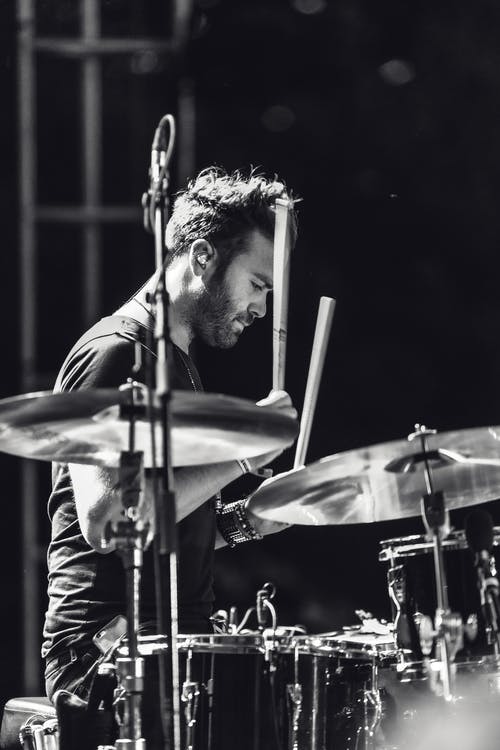
How to choose a Musical Instrument to Play for Yourself
Many people are intimidated by the prospect of learning to play a musical instrument, particularly those who like instrumental and acoustic music.Where do you begin? Well, before you can learn to play a new musical instrument, you must first choose the instrument that you want to learn to play. Fortunately, selecting an instrument as an adult is considerably easier than it was when you were in junior high: you already know your preferences, and you have access to a far larger selection of instruments, teachers, and possibilities… a far cry from the days when you had to choose between clarinet and trombone!To choose an instrument, you need to first ask yourself several questions.

Find out what sort of music do you enjoy listening to? This may seem like an obvious statement but consider the following: if you really enjoy listening to acoustic folk music, drums — no matter how much fun they appear to be — may not be the best instrument for you. But truly go into the depths of this question. A musical instrument represents a significant commitment of both time and money, so make certain that the sort of music you intend to play is appropriate for the instrument. Some instruments are more adaptable than others — after you’ve mastered the fundamentals of violin fingering and bowing, you may specialize in a genre or continue to dabble in several, for example, but the sitar is a little more restricted in its use. What kinds of circumstances do you envision yourself being involved in? Does the idea of participating in an acoustic stringed instrument jam session seem appealing? Perhaps the mandolin would be an appropriate instrument. If you prefer to be alone, the piano always sounds great and makes a beautiful piece of furniture even when it is not being played. You can read more at Best way to store guitars.
What are the constraints of your financial resources? Most instruments may be acquired at a variety of pricing points, although some are significantly more affordable or costly than others. The tin whistle, for example, will cost you around twelve dollars for a perfectly nice, playable instrument — and even at the top of the line, they won’t cost you much more than three hundred and fifty dollars. On the other hand, you’d be hard-pressed to get a decent-quality guitar for less than a few hundred dollars, if not several thousand dollars, because they’re less widely imported and extremely difficult to build effectively.

What kind of practice space do you have available to you? Do you want to live in a co-op with thin walls in the heart of Manhattan? Perhaps the Highland Bagpipes aren’t the greatest choice for your situation. Or even say, what’s it like to live on a farm in the middle of nowhere? Allow yourself to be squeezed freely, my buddy. What is the likelihood of finding a teacher? You shouldn’t have a difficult time finding a cello tutor within a few miles of any small town, no matter where you reside in the world.